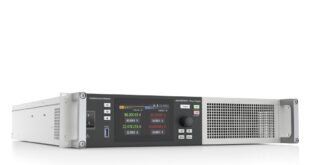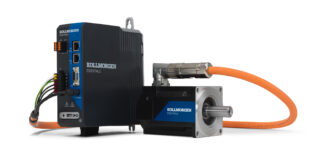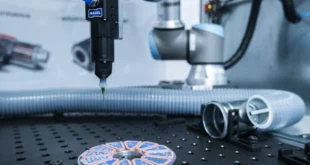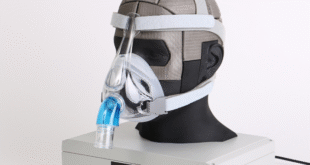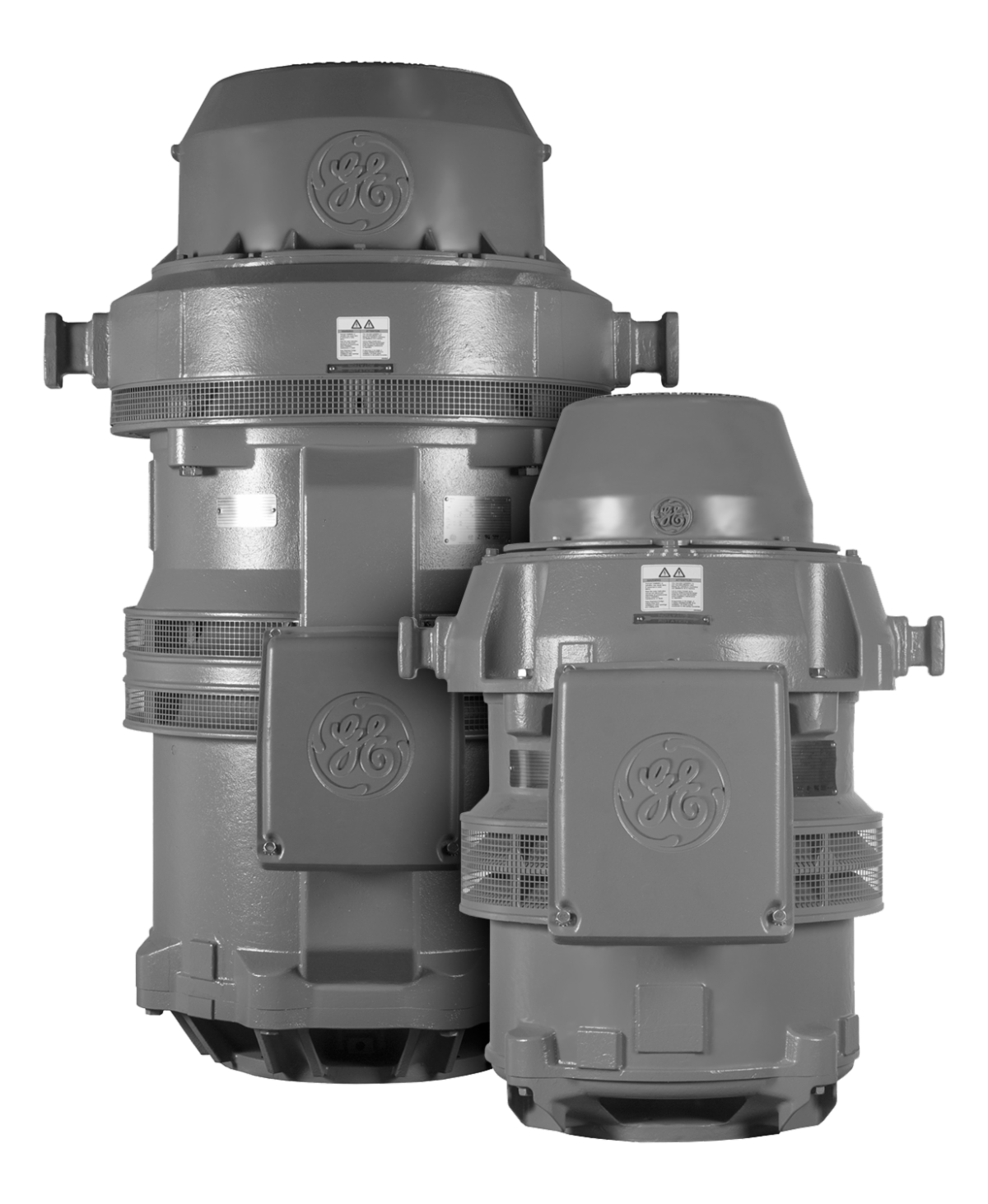Imagine a surgeon who can perform operations with exact precision and without ever getting tired, whatever the time of day or length of their shift. Graham Mackrell reports
It’s 10am and even after a long double shift, robo doc can perform laparoscopic surgery with ultimate precision.
The NHS has begun the process of developing a £50m framework for robotic surgical equipment and it’s clear that robots are set to become an integral part of the tools surgeons use.
Safety is the top priority in robotics design and this is particularly the case in the medical sector.
The Da Vinci surgical system has been used in UK hospitals since 2001.
However, there are new robots on the block adding to the surgeon’s growing toolkit – promising accurate, repeatable and safe performance in a compact system.
Ensuring the consistent, reliable performance of these robotic devices comes down to the nature of the gears and drives in use. A lightweight, highly compact design and smooth running are key features for
Harmonic Drive UK’s CPL Series Gears used in robot joints.
Each surgical robot arm has flexible joints like a human arm, which are controlled by a surgeon sitting using joystick controls and a 3D screen.
Allowing surgeons to operate from a seated position can relieve physical strain, while the robot’s mechanical properties, largely due to precise gears, can increase accuracy.
Surgeons operating on patients, while controlling robotic arms could become commonplace in hospitals in the coming years. These systems allow doctors to perform complex techniques with improved accuracy. They use a minimally invasive approach, which has a positive impact on patient care.
Surgical robots offer multiple benefits to surgeons and patients: from reducing physical strains and decreasing the amount of lengthy, invasive procedures, to allowing remote procedures.
Although it doesn’t look like we’ll be abandoning human surgeons just yet, the future of the medical sector looks to lie with robotics.
And so, the question remains, can robotics and automation help to mitigate some of the problems with short-staffing and under-funding within the NHS, thus improving the lives of patients and doctors further?
Graham Mackrell is managing director of precision gear specialist Harmonic Drive UK.
 Engineer News Network The ultimate online news and information resource for today’s engineer
Engineer News Network The ultimate online news and information resource for today’s engineer
